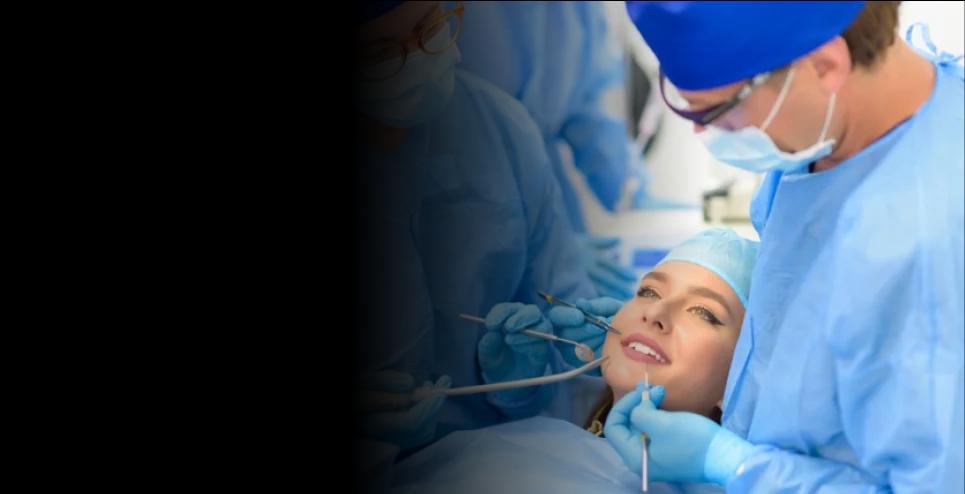Deep Vein Thrombosis (DVT)
at Sterling Hospitals

at Sterling Hospitals

How can we help you?
Deep Vein Thrombosis (DVT)
Deep Vein Thrombosis (DVT) is a medical condition characterized by the formation of blood clots (thrombi) in the deep veins of the body, usually in the legs. These clots can partially or completely block blood flow, leading to symptoms such as pain, swelling, warmth, and redness in the affected limb. If a blood clot breaks loose and travels to the lungs, it can cause a life-threatening condition known as pulmonary embolism.
When and why do people go for Deep Vein Thrombosis (DVT) treatment?
People seek treatment for deep vein thrombosis (DVT) when they experience symptoms such as leg pain, swelling, or redness, especially if they have risk factors such as prolonged immobility, recent surgery, pregnancy, or a personal or family history of blood clots. Prompt treatment is essential to prevent complications such as pulmonary embolism, chronic venous insufficiency, or post-thrombotic syndrome. Treatment aims to prevent the clot from growing larger, reduce the risk of recurrence, and alleviate symptoms.
What makes Deep Vein Thrombosis (DVT) treatment different from other options?
Deep vein thrombosis (DVT) treatment typically involves anticoagulant medications (blood thinners) to prevent the blood clot from getting bigger and to reduce the risk of new clots forming. In some cases, thrombolytic therapy may be used to dissolve the clot quickly, especially if there is a high risk of complications. Additionally, compression stockings or pneumatic compression devices may be recommended to improve blood flow and reduce swelling. Unlike other treatment options, such as surgery or invasive procedures, DVT treatment focuses on preventing complications and managing symptoms with medications and supportive measures.
How does life change after Deep Vein Thrombosis (DVT)?
Life after deep vein thrombosis (DVT) treatment can vary depending on the severity of the condition, the effectiveness of treatment, and the individual's overall health and lifestyle. While some people may experience relief from symptoms and a reduced risk of complications with proper treatment, others may need to take anticoagulant medications long-term to prevent recurrence. Lifestyle changes such as regular exercise, maintaining a healthy weight, avoiding prolonged sitting or standing, and wearing compression stockings may also be recommended to reduce the risk of future blood clots. With appropriate medical care, support, and lifestyle modifications, many people are able to manage deep vein thrombosis effectively and lead active, fulfilling lives. Regular follow-up appointments and ongoing monitoring are important to ensure the effectiveness of treatment and to prevent the recurrence of blood clots.